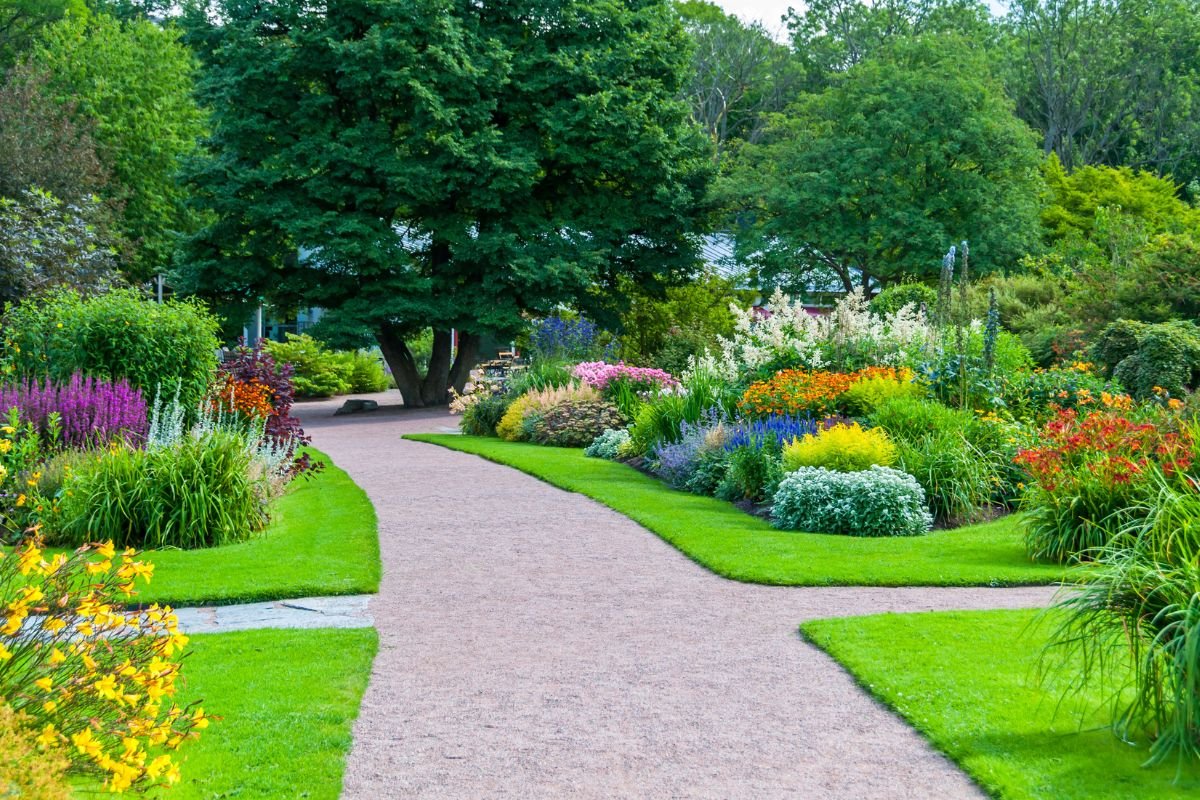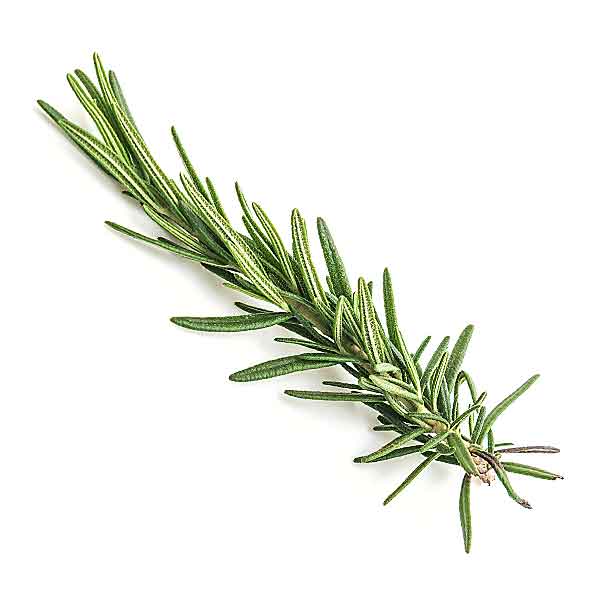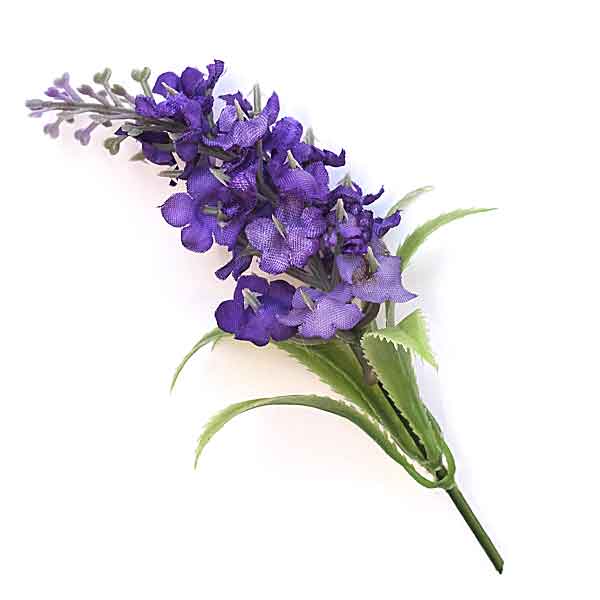Symbiotic plants, or the process of symbiosis, is when two plants live closely together in harmony of one kind or another. There are four types of symbiosis - mutualism, parasitism, commensalism, and endosymbiosis/ectosymbiosis.
The word ‘symbiosis’ comes from the Greek words for ‘with’ and ‘living’. They describe a relationship between two species or organisms that can often be beneficial for both parties.
Commensalism is where one organism benefits from the relationship, but the other is neither benefiting or harmed by it. An example of commensalism would be a spider forming a web in a tree. It doesn’t hurt the tree, but it benefits the spider.
Parasitism, on the other hand, is when one organism benefits at the expense of the other. An example of parasitism is an aphid feeding on the sap of a plant. The aphid benefits, but the plant is worse off.
In the plant world, the best symbiotic relationship is mutualism - where the close relationship benefits both. In the human world, a mutualism relationship would be between a human and a pet dog. The dog offers companionship and the human offers food.
Finally, there’s ectosymbiosis/endosymbiosis where one species lives inside another. Lice on your skin would be an example of this form of symbiosis.
Now that you understand what a symbiotic relationship is, you will see that choosing plants that can work hand in hand can enhance your gardening experience. While it’s beneficial if one can provide support for the other, it’s even better if they work together and benefit each other. Below, we uncover some of the more beneficial plants to include in your garden for symbiotic purposes.
Foxgloves
If you want your plants to grow up big and strong, with minimal risk of succumbing to disease, then foxgloves can be of assistance. Studies show that when you grow foxgloves, the surrounding plants are stronger and with a reduced risk of disease.
Marigolds
Marigolds are beneficial for your garden in many ways. Not only do they add a beautiful hit of colour, but they help your other plants as well. Marigolds produce a scent that attracts hoverflies.
Why would you want a plant that attracts insects? Hoverflies feed on greenfly, twitch grass, and plant lice, all of which attack your plants. What’s more, the roots of marigolds also keep eelworm away. If you grow tomatoes, roses, or tomatoes, plant Marigolds alongside them.
Rosemary
Rosemary is a delicious herb that accompanies many meals nicely. It also works wonders in your vegetable garden. If you grow it with your sage, cabbage, and carrots, it will keep away cabbage moths, beetles and flies. It also makes broccoli thrive and enhances the flavours of your vegetables. However, it doesn’t share a nice bond with potatoes, so plant it well away from them.
Orange Nasturtium
If you grow cabbage, lettuce, cucumber, tomatoes, or beans, then you may see the value in also planting orange nasturtium. This plant with orange petals attracts all those insects you don’t want near your vegetables. While plant lice and whitefly are feasting on your nasturtium, they’re leaving your delicious veggies alone!
Lavender
There’s nothing more pleasant than wandering out into your garden and getting a beautiful aroma of lavender filling your nostrils. While the smell is one reason to plant lavender, there are many more. Lavender acts as a border against insects, repelling them away from your vulnerable plants.
Tomatoes
Even though tomatoes can be quite a tricky vegetable to grow in colder climes, it’s a faithful friend to many other vegetables. Basil, asparagus, celery, parsley, onion, and carrots all love being planted near tomatoes as it helps them to thrive.
The best symbiotic plants for gardens are easier to come by than you think. There are many vegetables, flowers, and herbs out there that can have a mutually beneficial relationship.
The next time you prepare your garden for the changing season, take a moment to plan your planting. Your plants could thrive better than they ever have before. What’s more, if you get stuck, there are plenty of gardening experts available to help.
.png)




















































